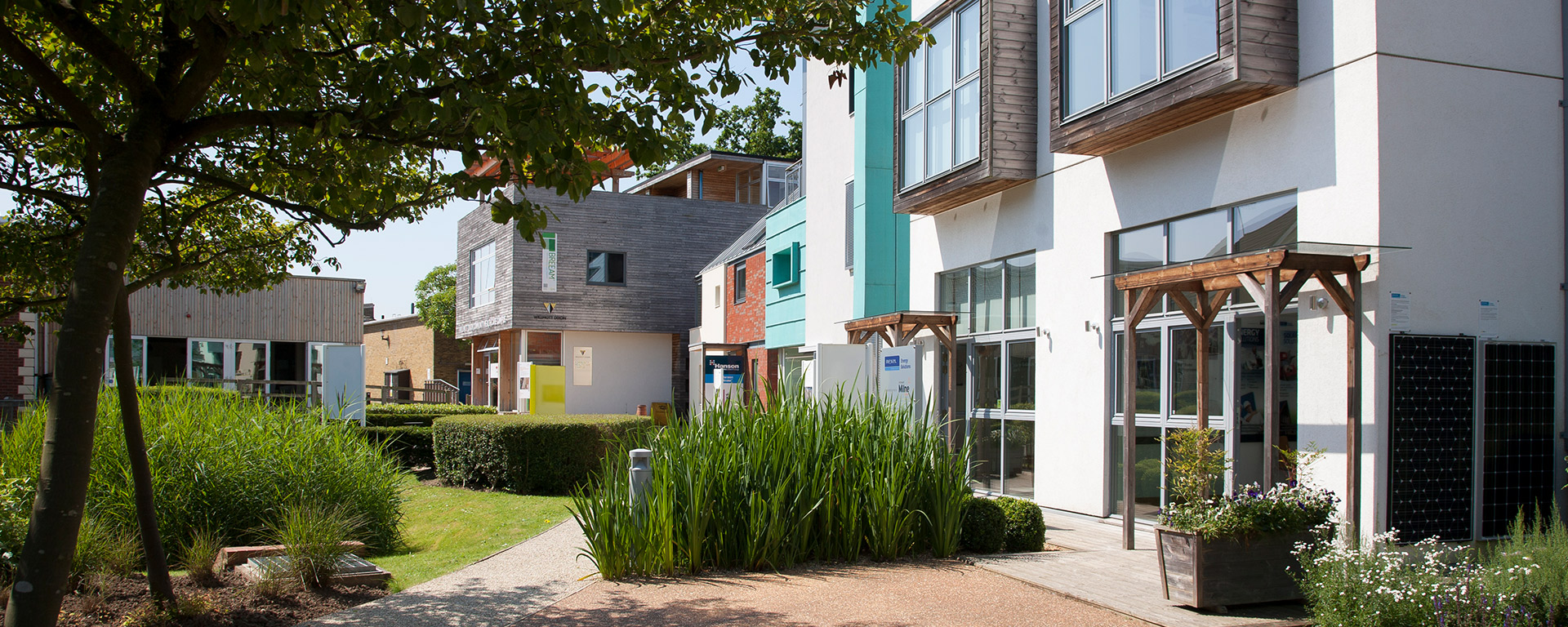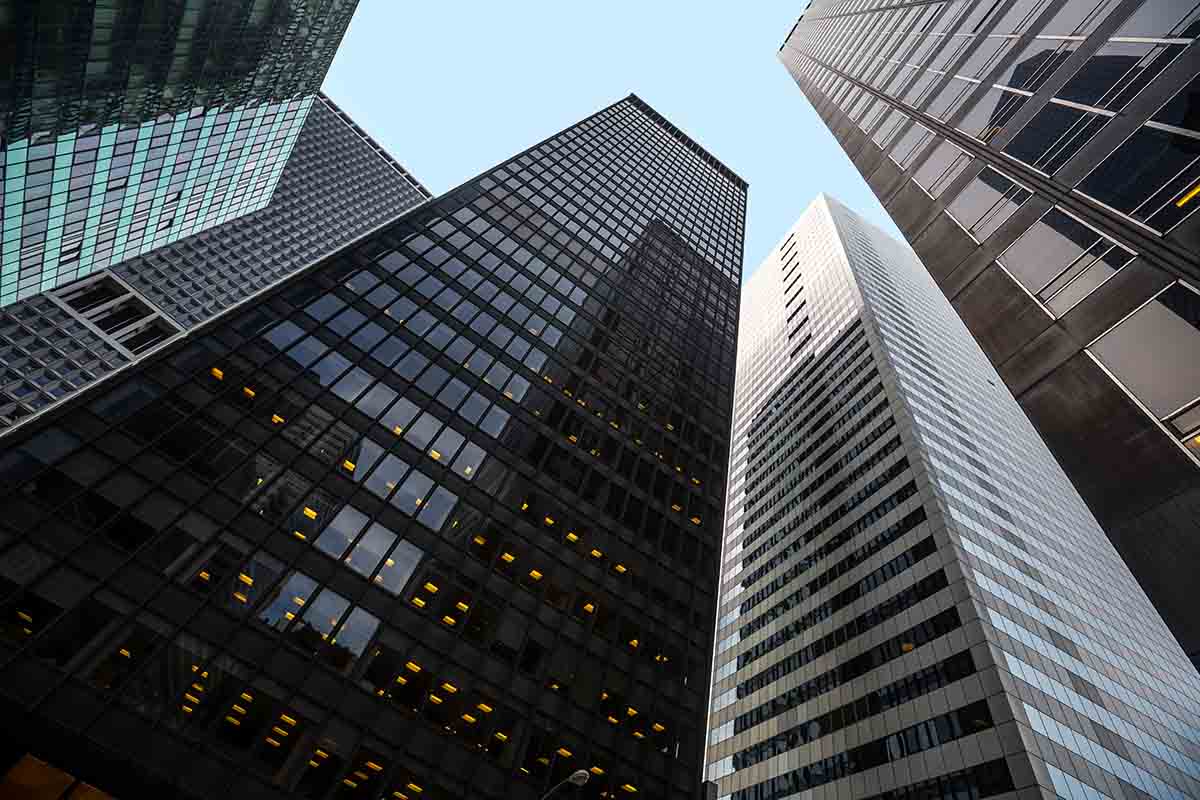Hurdles Facing the Manufacturing and Construction Industries in the Current Technological Era
Recent statistics on population growth show that both the manufacturing and construction industries are destined to have a bright future ahead. The next 30 years will see the global population reach 9 billion.
Out of every three people in the world, two will be dwelling in cities; this indicates that demand for the two industries will increase exponentially.
These two critical sectors, which are already the largest industries in the world carry a lot of weight on their shoulders especially if they are willing to cater to this ever-growing demand.
These encouraging statistics, conceal a more perilous reality. The increase in demand brings forward new challenges that are likely to jeopardize the success of the manufacturing and construction industries.
Problems like low performance decreased sustainability, low productivity and inadequate labor are likely to haunt companies especially if they continue with the current trend. The industry is in limbo, and there aren’t enough companies brave enough to take the bull by the horns and address looming challenges.
Companies need to be more innovative and also re-strategize their business profiles if they want to cope with the ever-changing world of technology. The harsh reality is that myopic companies unwilling to think outside the box will struggle to remain relevant, and most of them will finally become obsolete.
Low productivity
Currently, the marketplace is highly saturated, and competition is at an all-time high. This unhealthy competition is taking a toll on companies profit margins. Low-profit margins imply that companies don’t have adequate finances to invest in more productive and efficient business practices.
Also, companies neglect to reinvest in research and development which is vital in the current technological age.
Another cause of reduced productivity is the dismal performance of the labor sector. Other industries are enjoying maximum growth in labor productivity, while the manufacturing and construction industry is still lagging behind.
Due to poor productivity and reduced profit margins, manufacturing and construction industries are unable to generate enough profit to invest in cutting-edge technology that will help them cater to the ever-increasing rate of population.
Dismal Project performance
The manufacturing and construction industries have a wide array of opportunities to help them achieve maximum productivity. Sadly, the more technologically advanced the industries grow, the more the systems become complex.
Companies already struggling with slim profit margins can become crippled in an instant if they happen to have a slight production mishap. Machinery and production systems are more elaborate, and complicated and thus they require more efficiency.
Shortage of Skilled Labor
The industry that has been stricken by the dramatic reduction of laborers is definitely the construction industry. A decade ago the United States had only two groups of laborers: the baby boomers and the traditionalists.
Fast forward to 2018 the labor market has witnessed two newcomers: the millennials and the Generation X. The new entrants have disrupted the whole labor market causing colossal diversification. These different generations have vast disparities in their behavior, attitude and also work ethic.
The last batch of traditionalists has vanished from the workplace due to old age, while the majority of baby boomers are preparing to retire.
By 2020 half of the global labor force will be constituted by the millennials, and it is currently evident that majority of them are not too enthusiastic to join the manufacturing and construction industry.
Poor Sustainability Practices
The manufacturing and construction industries are guilty of being the primary consumers of raw materials. They are also guilty of generating most of the world’s carbon emissions. This massive utilization of natural resources and excessive pollution by the two industries is not sustainable and is compromising our environment.
Climate change is another thorn in the flesh and is a considerable threat to the prosperity of the manufacturing and construction industries.
Industries have been tasked to reduce their global carbon dioxide emissions, which has been a huge challenge to most companies. New strategies and policies must be implemented if companies want to ensure the reduction of energy consumption and carbon footprint for a better future.
Manufacturing and construction companies should realize that for change to transpire there must be some disruption. Disruption by technology will bring about changes that will provide solutions able to tackle the challenges ahead.
Manufacturing and construction companies should think out of the box and make a bold step forward into the digital realm to ensure they stay ahead of the game.





















